Table of Contents
At night as I recite the Lotus Sutra
The sound moves the galaxies
The earth below wakes up
In her lap suddenly flowers appear
At night as I recite the Lotus Sutra
A jeweled stupa appears resplendent
All over the sky bodhisattvas are seen
And Buddhas hand is in mine.
Thich Nhat Hanh
 Introduction
IntroductionTHE Lotus Sutra is known as the King of Sutras. The Sanskrit title, Saddharmapundarika-sutra, means The Lotus Blossom of the Wonderful Dharma. For many centuries Buddhist practitioners have revered it as the most beautiful flower in the garden of the Mahayana Buddhist sutras.
While there are a few English translations of the Lotus Sutra available, in general its particular message of inclusiveness and reconciliation has not been well known in the West. This book shows how the teachings of the sutra can help us realize the practices of mindfulness, compassion, and love for the well-being of our family, our community, our society, and the world.
The Historical and the Ultimate Dimensions
Like many Mahayana texts, the Lotus Sutra was composed and compiled in stages over several centuries.
The twenty-eight chapters of the Lotus Sutra have generally been divided into two parts. The first part focuses on the historical dimension, which is concerned with what happened in Shakyamunis lifetime. This is the historical Buddha seen through our ordinary way of perception. In the historical dimension, we can see that a person named Siddhartha Gautama was born, grew up, left home to seek spiritual truth, practiced and attained a great realization, and became the Buddha. He shared his realization and taught the Dharma for the rest of his eighty years of earthly life and then passed into nirvana. Vulture Peak is a real place in India, and you can still go and visit the site where Shakyamuni delivered many of his greatest teachings.
The second part deals with the ultimate dimension. The ultimate dimension shows us the existence of the Buddha on a different plane, a plane that goes beyond our ordinary perception of space and time. This is the Buddha as a living reality, the Buddha as the Dharma body (dharmakaya). In the ultimate dimension, we are not concerned with ideas such as birth and death, coming and going, subject and object. The ultimate dimension is true reality, nirvana, the Dharma realm (dharmadhatu) beyond all such dualisms.
In order to deliver its profound messagethat everyone has the capacity for Buddhahoodthe Lotus Sutra had to show us the ultimate dimension. If we recognize only the historical Buddha Shakyamuni, who taught great disciples like Shariputra and Maudgalyayana while he was alive and predicted their attainment of Buddhahood, we may feel that since we were not fortunate to live in the time of Shakyamuni, there is no one to testify to our potential Buddhahood here and now. This is why the sutra shows us the ultimate dimension of the Buddha, unbound by our conventional understanding of time and space. We do not have to go back 2,500 years in order to hear the message that we too can become a Buddha. We need only to listen very carefully to the message of the sutra and recognize the Buddha of the ultimate dimension.
We need to be able to recognize both the historical and ultimate dimensions in order to open the door of the Lotus Sutra so that we can get in touch with the wonderful Dharma. The historical dimension connects us to the Buddha who lived and taught in fifth-century India. This is the human Buddha, whose search for truth and whose practice and path we can emulate. The ultimate dimension reveals the eternal meaning of the Buddhas teachings, the essence of the Dharma that is beyond time and space. As we will discover, we dont have to go somewhere else in order to touch the ultimate dimension. We can touch the joy and freedom of the ultimate dimension right in our everyday life in the historical dimension, just as the Buddha did under the bodhi tree.
While studying the Lotus Sutra, we can determine in which dimension the sutra is operating. Whenever everyones eyes are fixed on the earthlooking at the trees, plants, hills, mountains, or each otherthen we know we are in the historical dimension, the world of birth and death. But when everyones eyes look into space then we have entered the ultimate dimension, the unborn and undying world.
The sutra shifts between the historical and ultimate in separate chapters and in different scenes within one chapter. If we can recognize when we are in the historical dimension and when we are in the ultimate dimension, we will not become bewildered or perplexed by the words of the sutra, especially those used to describe the ultimate dimension. To convey the immeasurable, infinite vastness of this cosmic dimension, the sutra uses concepts of inexhaustible time and of limitless space, unlike anything we can grasp with our ordinary perception.
Understanding the Meaning of the Words of the Sutra
The language of the Lotus Sutra is like a very skillful painting that appears to be quite real. In order to demonstrate the meaning of the sutras, vivid language and images are used to point to very deep and wonderful ideas. The creators of the sutras were very great poets, but we should remember that such language is only a skillful means to express the profound ideas of the teachings. So when we read the sutra we must be able to look deeply. If we are caught up in the words, we will only see descriptions of miraculous events and supernatural powers and we will not be able to receive the true meaning that the Lotus Sutra wants to teach us.
For example, in Chapter Twenty-One of the Lotus Sutra, The Supernatural Powers of the Thus Come One, the Buddha performs a great miracle. He puts out his tongue and covers the trichiliocosm, a realm of cosmic space too vast for us even to imagine. (This image comes from an ancient Indian saying that someone who speaks the truth speaks with a very large tongue.) And from each of pore of his skin he sends out innumerable rays of light of all colors that reveal all the worlds of the ten directions. In Buddhist texts, light symbolizes enlightenment, and the phrase ten directions means the entire cosmos. The intent of this passage is to express the tremendous capacity of the light of mindfulness of someone who is fully awakened. It is an artful, poetic way of presenting the truth that the light of mindfulness is very strong.
Similarly, Chapter Fifteen of the Lotus Sutra, Welling Up Out of the Earth, describes millions of bodhisattvas with bodies as beautiful as pure gold who spring up from within the earth. They emit wonderful sounds to praise the Buddha and this praise is said to go on for as long as 50 billion kalpas. A kalpa is a vast unit of time, an eon. This is really a way of talking about the infinite, limitless nature of time in the ultimate dimension. One second contains thousands of lifetimes and eternity is just one second. The one contains the all.
When we encounter such passages, we should not become caught up in the mystical language. The dramatic language and images are the literary equivalent of a statue of a Buddha seated on a lotus throne, reminding us of the Buddhas capacity to sit mindfully and peacefully.


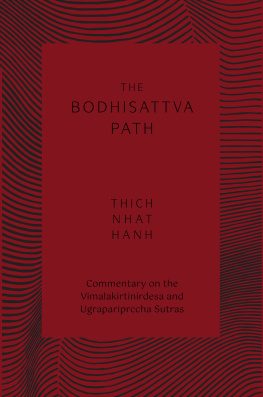



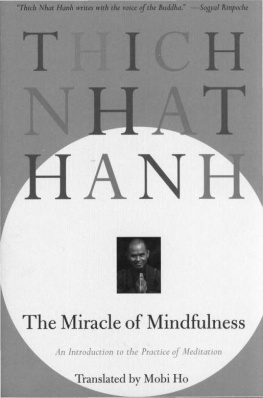
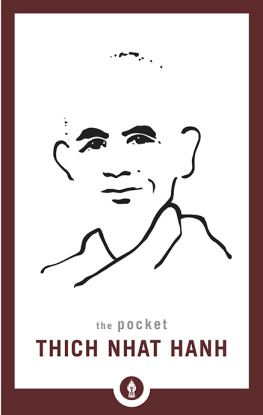
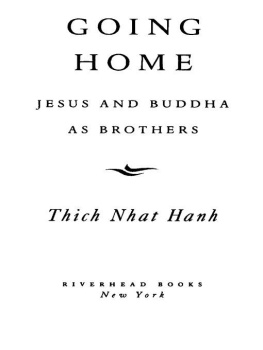
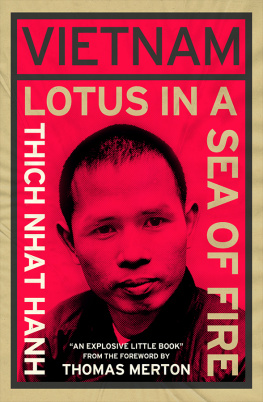
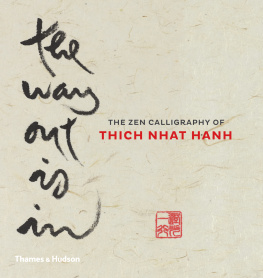
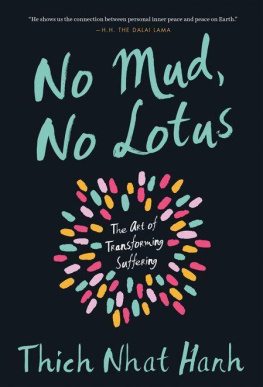
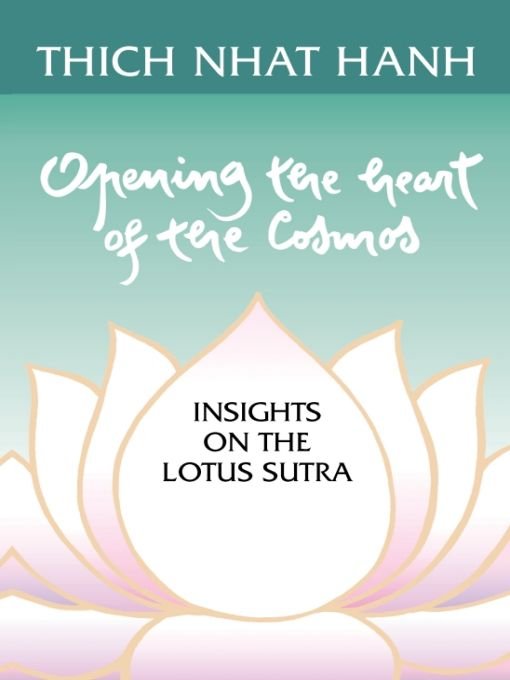
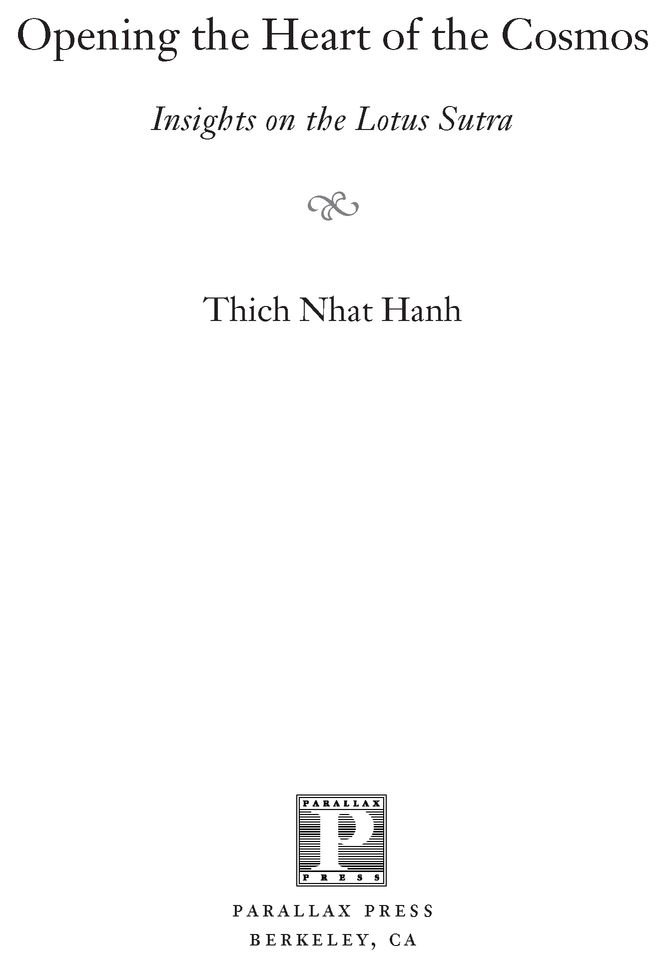
 Introduction
Introduction